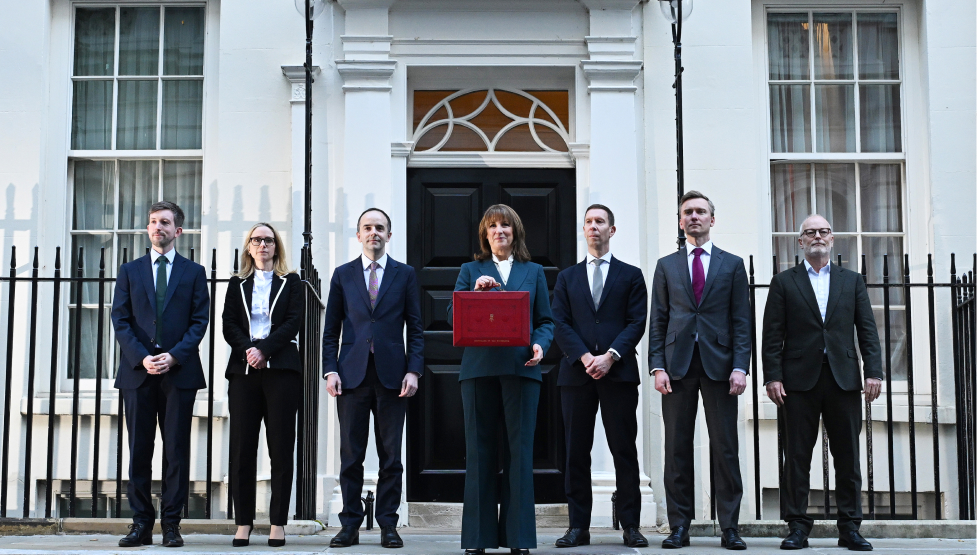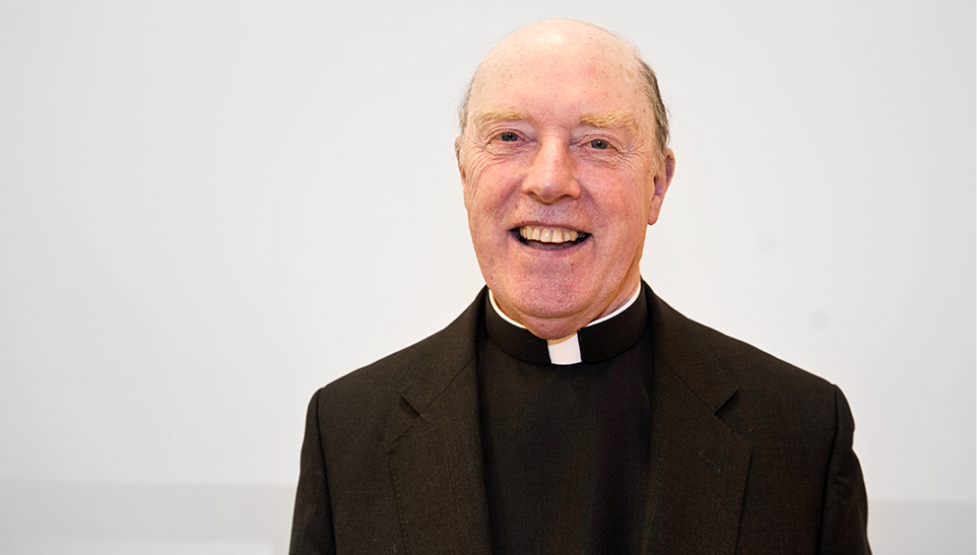St Dunstan’s Church in Canterbury has revealed plans to exhume and preserve the remains of Catholic martyr Sir Thomas More.
The plan is to put the centuries-old holy relic on display, before placing it in a shrine in 2035, lining up with the 500th anniversary of More’s execution.
More was Henry VIII's lord chancellor but was best known for defying the King and was executed for treason in 1535 in Tower Hill, London.
A lawyer, author, philosopher and devout Catholic, he refused to accept Henry as head of the newly formed Church of England - a decision that cost him his life.
His body was buried in the Tower of London and his head was parboiled and mounted on a spike on London Bridge to warn others against crossing the king.
More’s daughter, Margaret Roper, secretly recovered the head and reportedly preserved it in spices, keeping it with her for the rest of her life.
When she died in 1544, the head was buried alongside her and in 1578, her remains, along with her father’s head, were transferred to the Roper family vault at St Dunstan’s Church, where it has been ever since.
Now, the Church of England has decided to exhume the remains and preserve them using modern conservation techniques.
A statement read to the congregation at St Dunstan’s last Sunday confirmed that the parochial church council (PCC) has agreed to begin the process if granted permission, The Times reported.
It read: "What the PCC has agreed, subject to all the right permissions being granted, is to exhume and conserve what remains of the relic, which will take several years to dry out and stabilise.
"We could just put it back in the vault, maybe in a reliquary of some kind, or we could place the reliquary in some sort of shrine or carved stone pillar above ground in the Roper chapel, which is what many of our visitors have requested.
"We'd really appreciate your ideas and thoughts.”
The move could turn the quiet Kent parish into a major draw for pilgrims, tourists, and history buffs but first, the church needs the green light from church authorities.
It would also require around £50,000 in donations to make it happen.
The relic could take several years to fully stabilise and dry, but once conserved, the church plans to either place it back in the vault or move it into a custom-built shrine or stone pillar inside the chapel.
Visitors have reportedly been asking to see the relic for years, and the church is now inviting ideas from the community about how best to honour More’s legacy.
The church hopes to raise tens of thousands of pounds to fund expert archaeologists and conservation specialists but Rev Jo Richards, rector of the benefice, said early reaction from the congregation has been positive.
Church courts don’t often approve exhumations, but in this case, supporters hope More’s global significance as a saint, scholar and martyr will help make the case.
He was a respected lawyer and the author of Utopia, a visionary text imagining an ideal society but was also a firm defender of the Catholic faith.
While he’s remembered for his courage and moral conviction, More also played a part in persecuting heretics, those who had different beliefs, defending their executions in his writings.
Even so, his private life was marked by generosity, wit, and deep religious devotion, according to those who knew him.







.jpg)








